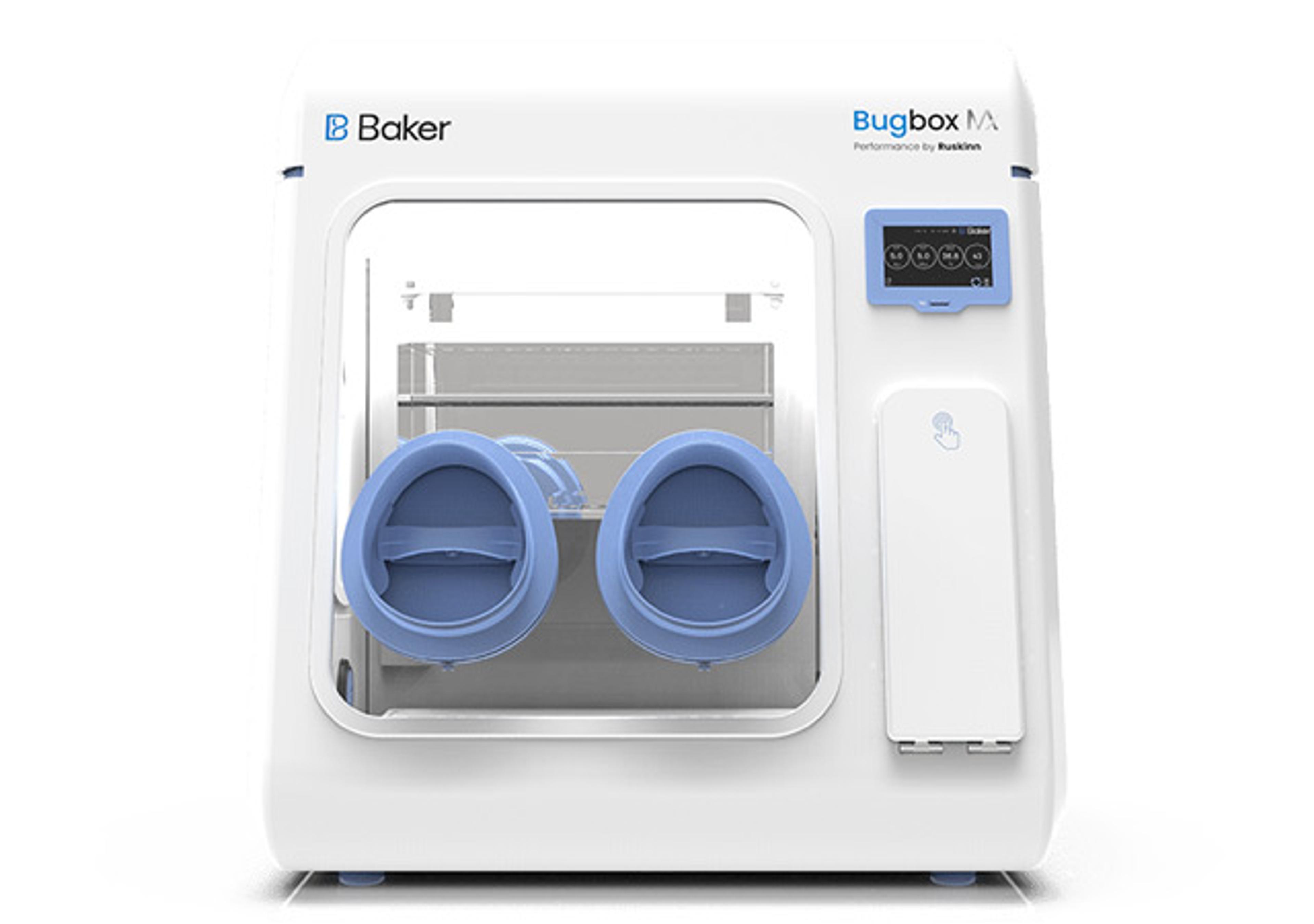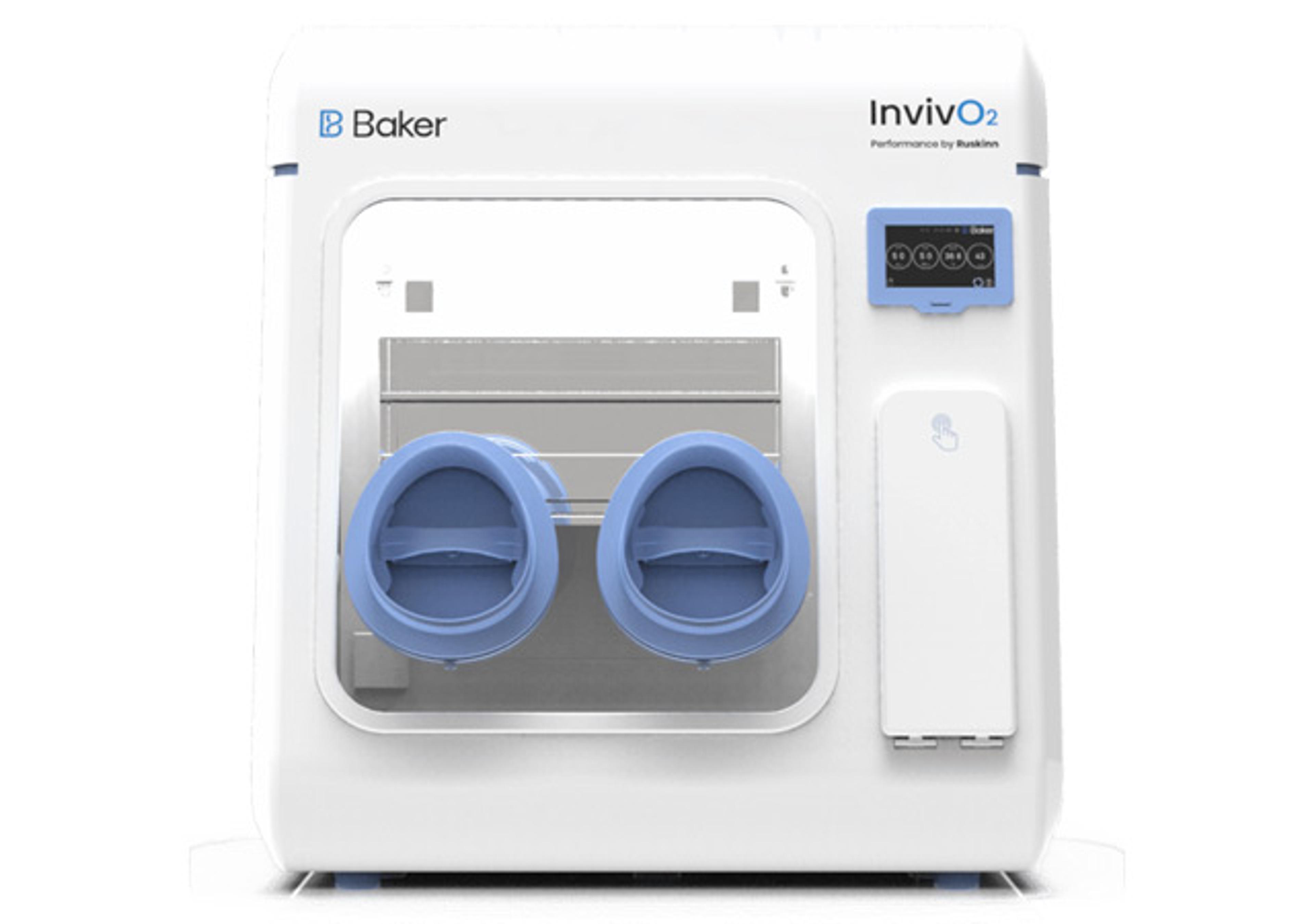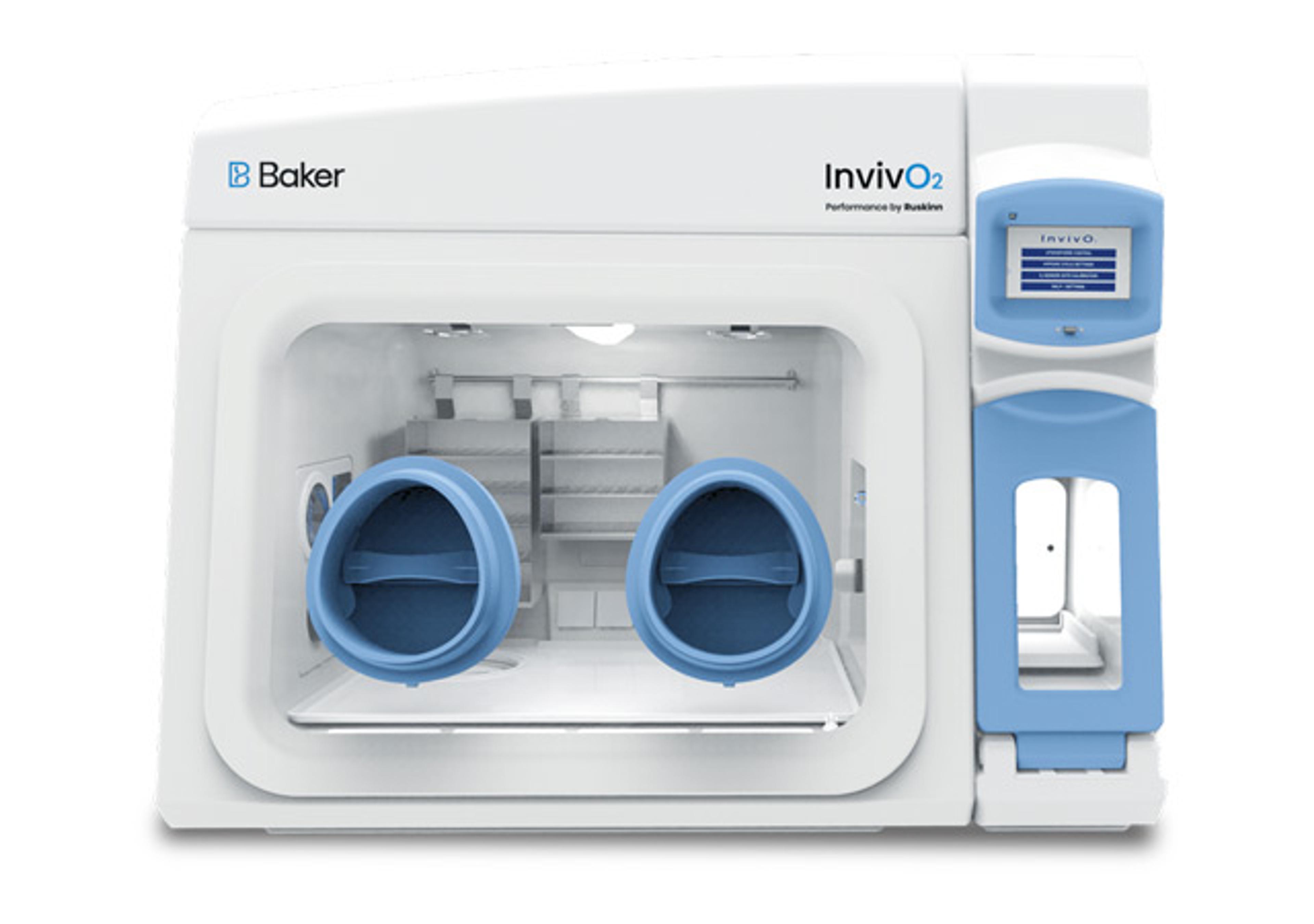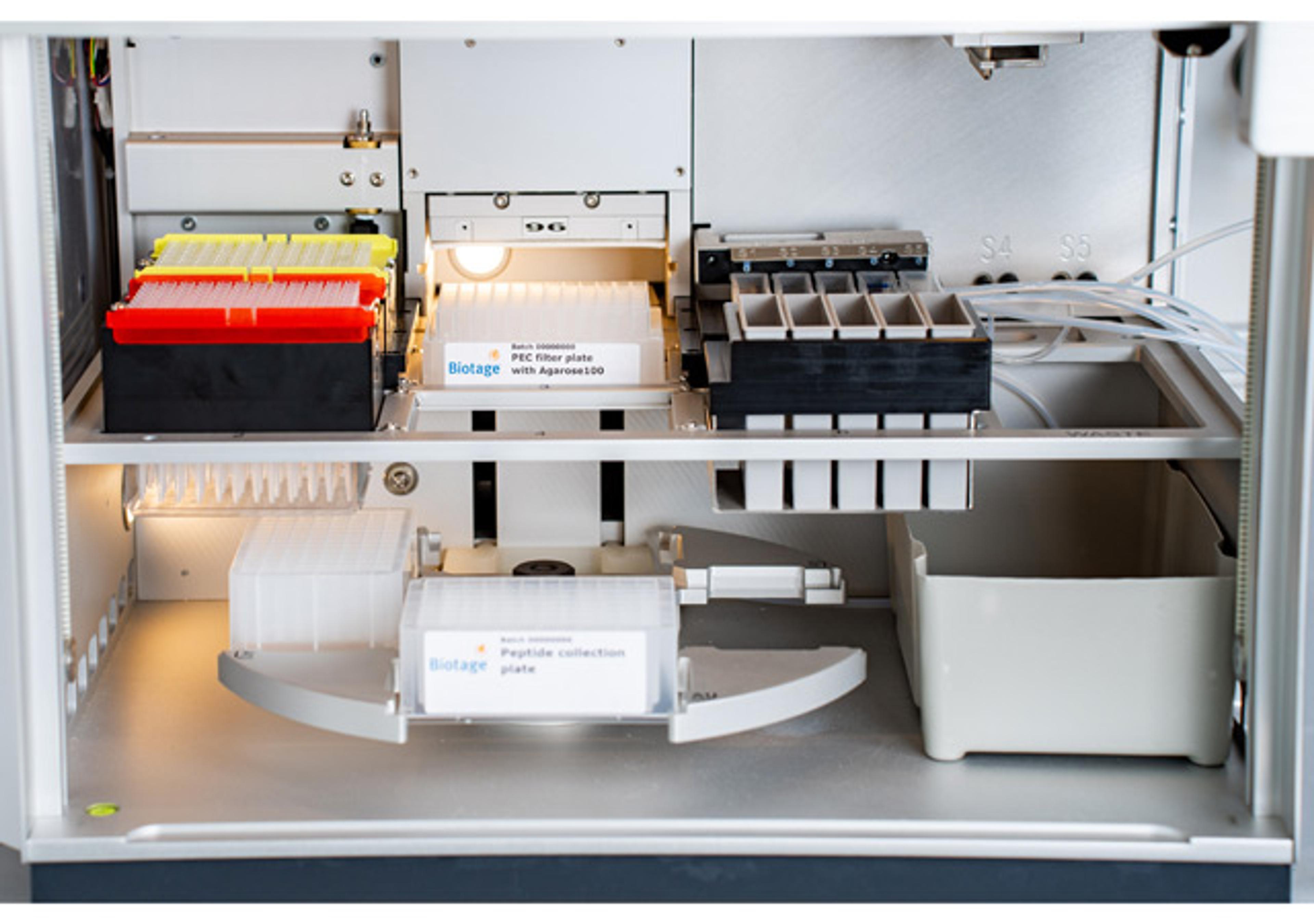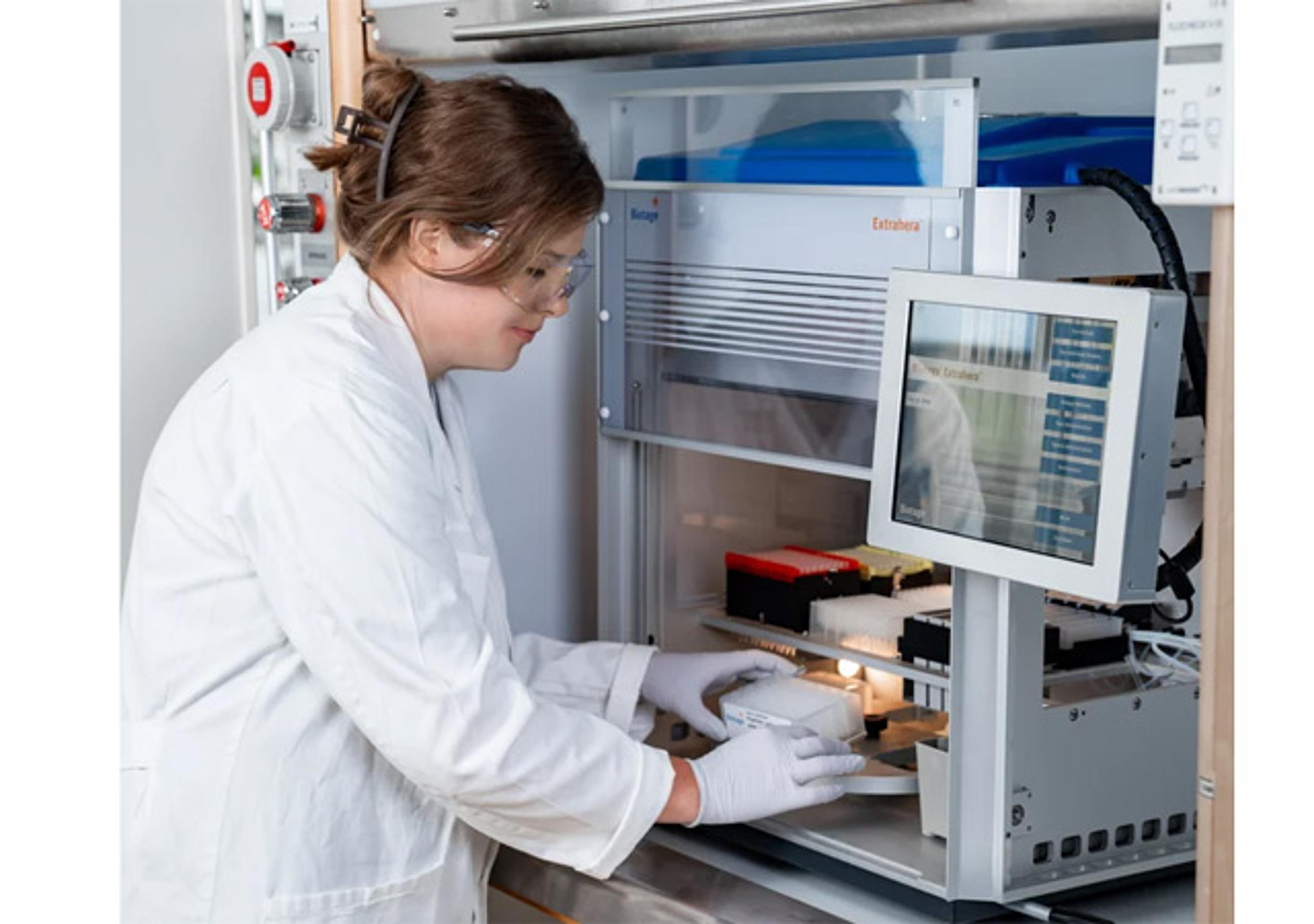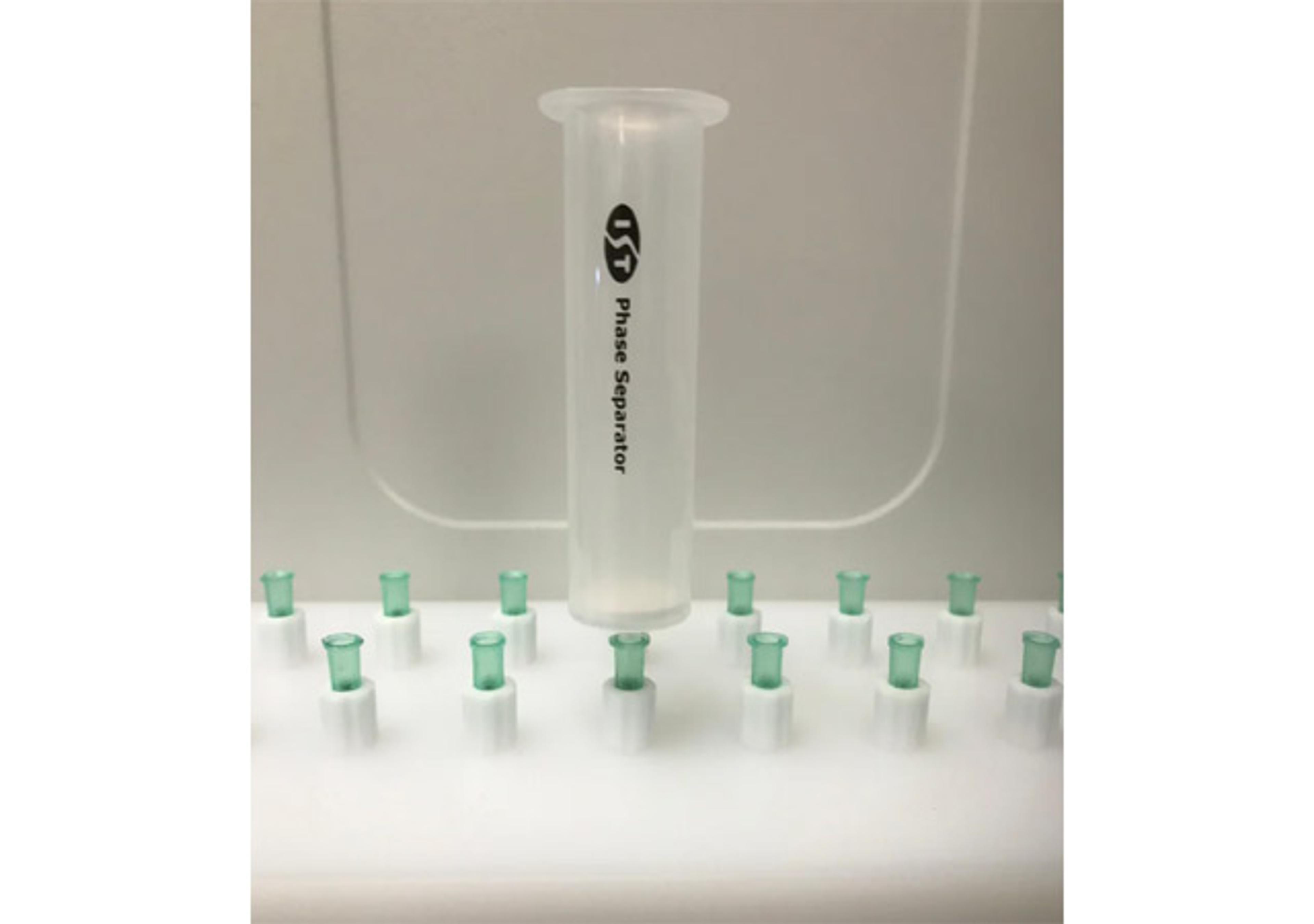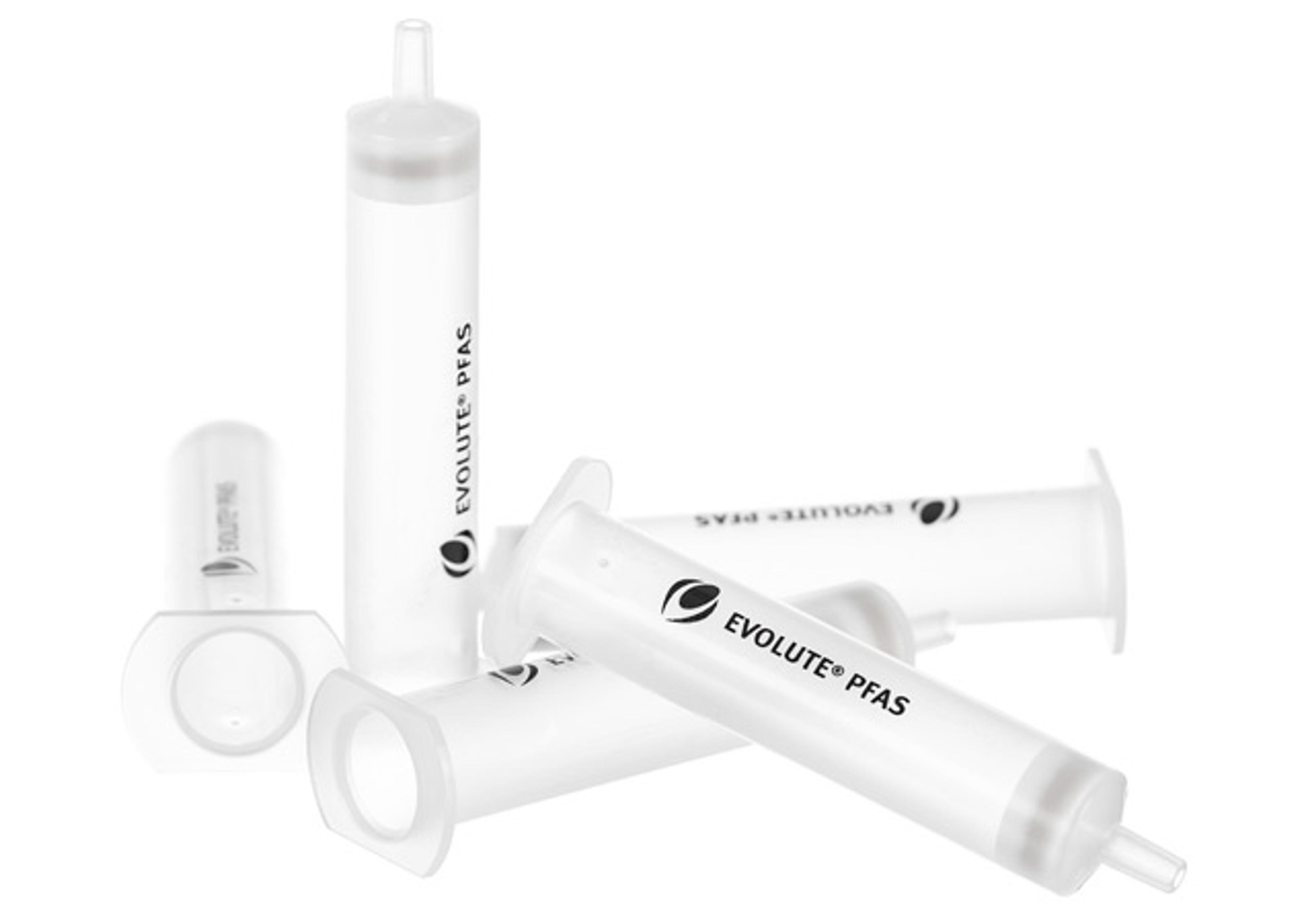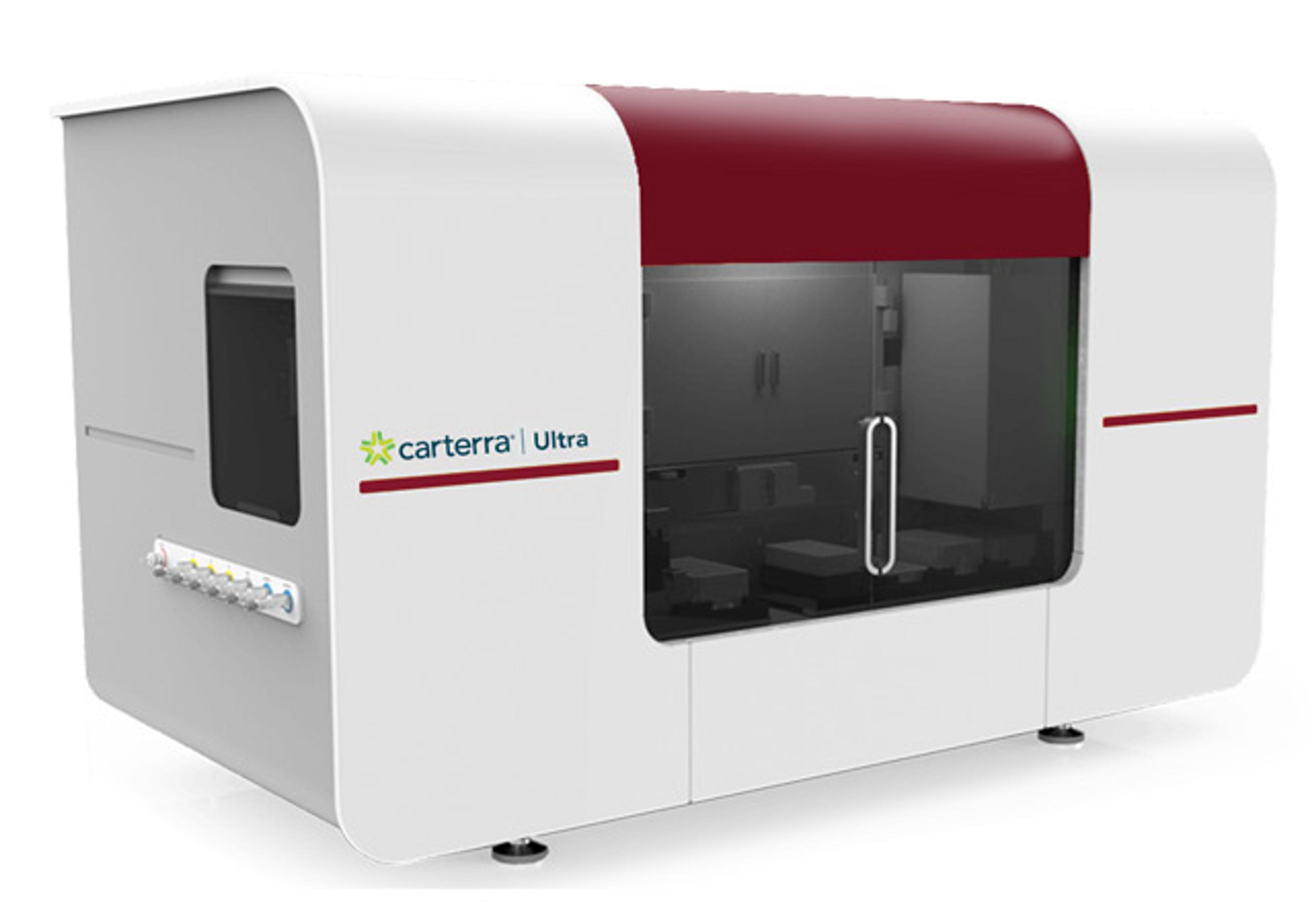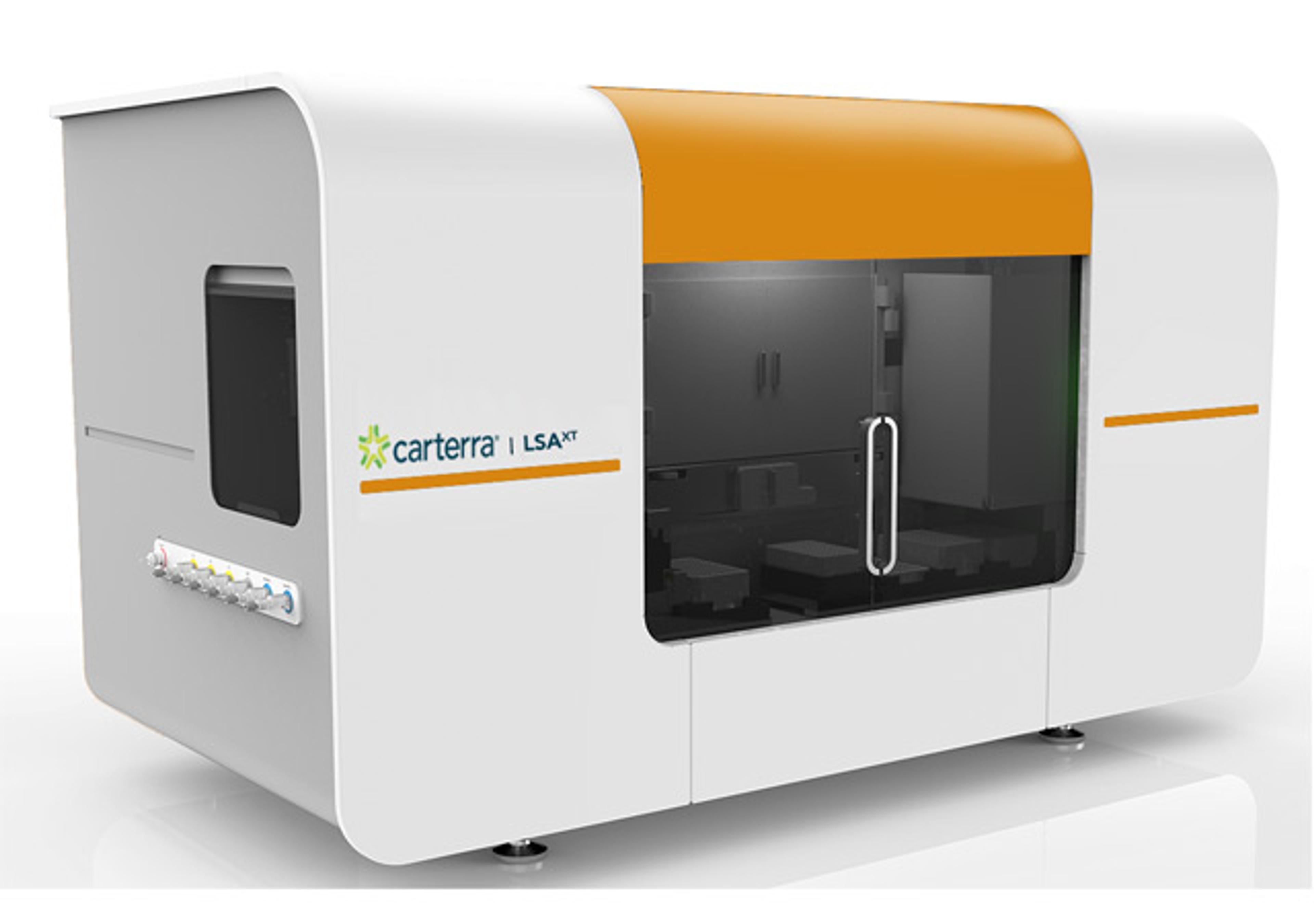Tubulin polymerization assay, fluorescence based
Cost effective high throughput screen for anti-cancer compounds. Basic research to measure compound IC50s and specificity for tubulin. Screening proteins for effects on tubulin polymerization activity. Teaching aid for undergraduate/graduate class in pharmacology. This assay is an economical one step procedure for determining the effects of drugs or proteins on tubulin polymerization. It is an adaptation of an assay o…
The supplier does not provide quotations for this product through SelectScience. You can search for similar products in our Product Directory.
Technically easy to use, but protocol is horribly written, as with many Cytoskeleton Inc products.
Review Date: 28 Jun 2011 | Cytoskeleton Inc.
- Cost effective high throughput screen for anti-cancer compounds.
- Basic research to measure compound IC50s and specificity for tubulin.
- Screening proteins for effects on tubulin polymerization activity.
- Teaching aid for undergraduate/graduate class in pharmacology.
This assay is an economical one step procedure for determining the effects of drugs or proteins on tubulin polymerization. It is an adaptation of an assay originally described by Bonne, D. et al. Polymerization is followed by fluorescence enhancement due to the incorporation of a fluorescent reporter into microtubules as polymerization occurs. The standard assay uses neuronal tubulin, which generates a polymerization curve representing the three phases of microtubule formation; namely nucleation, growth and steady state equilibrium. Other tubulins, such as HeLa cell tubulin can also be used in this assay. The low volume per assay of 50 µl and the low tubulin concentrations, 2 mg/ml final concentration (100 µg per assay), makes this an ideal choice for studying the more expensive cancer cell tubulin reagents and for high throughput applications.
The classic tubulin polymerization assay uses absorbance readings at 340 nm to follow microtubule formation. It is based upon the fact that light is scattered by microtubules to an extent that is proportional to the concentration of microtubule polymer.


